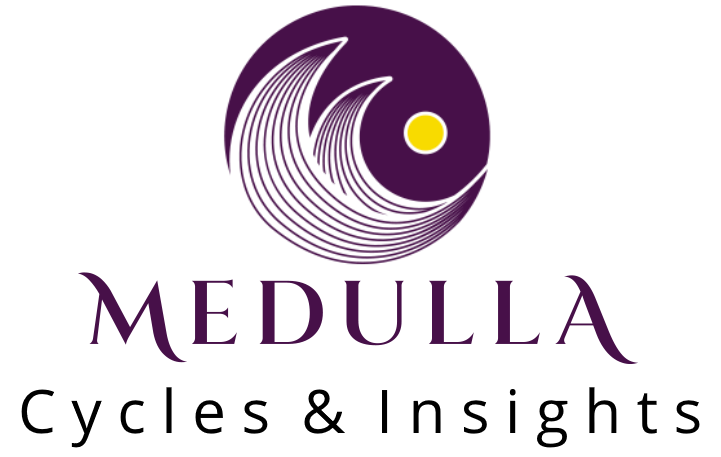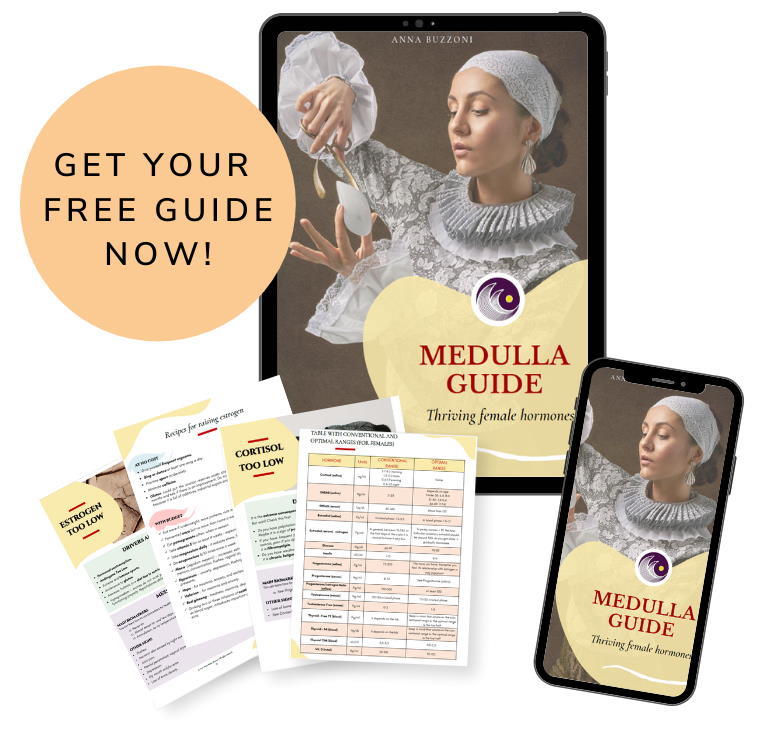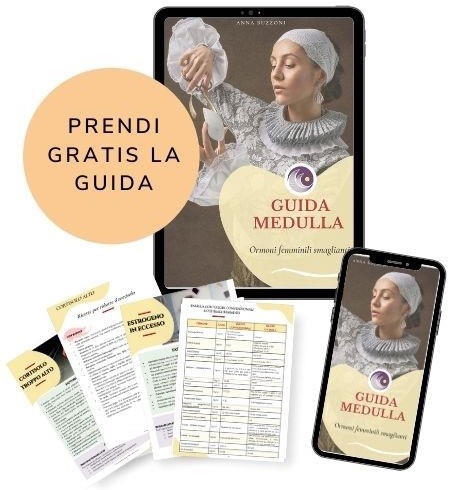This article was originally published in Italian in 2017.
PAIN IS NORMAL OR COMMON?
On April 27, 2016, the Italian MP of the Partito Democratico Romina Mura presented to the House – along with colleagues Daniela Sbrollini, Maria Iacono and Simonetta Rubinato – the bill 3781: “Institution of menstrual leave for women suffering from dysmenorrhea”. Dysmenorrhea means “painful menstruation,” for the record.
In Italy the data on dysmenorrhea – we read in the introduction – are alarming: 60 to 90% of women suffer during their menstrual cycle and this causes rates of 13% to 51% absenteeism at school and 5% to 15% absenteeism at work. Beyond production, which is certainly an important economic parameter, but it cannot be reduced to a quantitative aspect, whether expressed in hours or in output, the saddest and most serious thing is that so many women feel sick in their bodies. Those who suffer periodically experience their own body as unreliable and limiting, and consider the menstrual cycle a necessary nuisance, if you want to have children (maybe in the future) or a real cross when children are not on the radar; expressing this problem in terms of productivity is a practice as consolidated as thinking that it is perfectly normal to suffer because of the menstrual cycle. We exchange the “common” for the “normal”: however, the cycle in itself is not painful but regenerative, and it can serve as a warning and defense system. Symptoms, as well as hormones, are messengers.
Menstrual leave has been established in Japan, Taiwan, South Korea, Indonesia and some provinces in China, but no one takes it out of embarrassment and fear of discrimination. In a country like Italy, where women are still heavily penalized at work and in intellectual, artistic and social life, we can imagine that similar problems are to be expected, until education about the menstrual cycle is supported.
IGNORANCE IS THE WAY TO LEGITIMACY
Menstrual leave seems to be a poor patch on a real problem: menstruation can be very painful and disabling. The reason? Poor education on the subject. Unfortunately, Italian parliamentarians and the government seem to be affected by the same ignorance. The website of the Ministry of Health dedicated to fertility reports, for example, that the life span of a mature egg is 48 hours, but scientific research has already established for 20 years that it is at most 24 hours. Furthermore, the fertile period is not two days and sperms do not survive for four days at the most, but five, bringing the fertile period to a total of six days for young people at maximum fertility. Not to mention the gaps! How can one fail to say in 2017 that ovulation protects bones, heart and breast, promotes the production of neurotransmitters and hormones that are essential for a woman’s sexual, emotional and mental development (such as serotonin, dopamine, testosterone) – and that contraceptive hormones suppress ovulation, increase the risk of depression and have been declared carcinogenic by the World Health Organization?
Being aware of your body and menstrual cycle is crucial for physical and mental health, because it leads to a genuine legitimization and empowerment of women.
The cycle works as a litmus test, and effective prevention-based health care will invest in women’s education so that they can decipher the messages that the cycle sends out.
THE LANGUAGE OF THE CYCLE AS AN ALLY IN DYSMENORRHEA
Mommy taught us that after a plate of lamb chops you shouldn’t go play football in the sun. Cycle education is pretty much the same thing.
The cycle speaks to us through the symptoms. From the symptoms we recognize the primary cause, which is never the cycle. The cycle is our litmus paper: it reveals problems but generally does not cause them.
Dysmenorrhea may find its root causes in this (non-exhaustive) list:
- excess estrogen
- low progesterone
- inflammation of the intestine
- stress
- excess prostaglandins (hormone-like compounds that play a key role in inflammation and pain)
- lack of sleep
- posture and/or high heels
- lack of physical movement
- misplacement of the uterus
- endometriosis
It is essential to know that progesterone and estrogen are like a couple dancing the tango: an imbalance of one implies an imbalance of the other. Progesterone is the hormone that dominates the premenstrual phase and is anxiolytic, diuretic and relaxing. If you suffer from unexplained crying or anxiety, water retention, nervousness, breast pain and menstrual cramps it is probably because progesterone is low in relation to estrogen. The following is a summary (necessarily limited for space reasons) of why.
Cortisol is produced by the adrenal glands every time we live, anticipate or imagine an unpleasant or dangerous situation. In the hormonal hierarchy, cortisol takes precedence over everything else! It blocks the production of progesterone and jams its receptors. Result: little progesterone and too much estrogen. It also causes an excess of prostaglandins, just like a diet rich in industrial foods and simple carbohydrates, i.e., more pain and inflammation for all! Stress destroys the intestinal flora, which is responsible for the creation of 90% of our serotonin (which induces good mood and empathy) and a crucial step in the production of hormones. A damaged flora results in hormonal imbalances, premenstrual syndrome, cramps, pain.
A diet low in fiber and an impaired liver limit the body’s ability to eliminate estrogen. Result: too much estrogen and too little progesterone.
The lack of sleep, both in quality and quantity, increases cortisol and impairs the purification of the body. Result: too much estrogen and little progesterone. Even using the phone, TV or computer after sunset raises cortisol levels, lowers melatonin (sleep) and reduces progesterone. Luckily there are apps that can help us.
It is proven that eating cruciferous vegetables (spinach, rocket, cabbage, etc.) promotes the balance of estrogen. However, if we suffer from hypothyroidism (and those who chart the cycle notice it quickly – the basal body temperature remains often below 36.4 °C between menstruation and ovulation) we will always have to cook them. In addition, vegetable and fruit fibers are essential to eliminate estrogen: less water retention and depression for all!
Menstrual cramps and anxiety are often caused by a lack of magnesium. Clue: If you get a craving for chocolate before your cycle, it is your body telling you to take magnesium. Choose the darkest you can get, rich in magnesium and low in sugar. Magnesium is eliminated from the body when a lot of cortisol is circulating, so the real solution is not taking supplements, but reducing cortisol.
Glycemic instability – due to a diet rich in simple and refined carbohydrates such as pasta and white rice, bread, snacks, industrial food, sugar, etc. – is also among the primary causes of cycle pain and imbalances. It causes excessive levels of estrogen and androgens, responsible for cramps, acne, water retention, polycystic ovary syndrome and the worsening of endometriosis symptoms.
WHAT CAN YOU DO
“Shutting down” the cycle through analgesics or contraceptive hormones is counter-productive. The symptoms are “asleep” but the underlying problem remains, and is left free to progress, sometimes with very serious consequences such as Type 2 diabetes, Alzheimer’s, breast cancer, stroke, infertility, severe depression, loss of sexual desire.
Menstrual leave is potentially an important achievement: every month something dies and something is born inside our body, and it is unnatural and counter-productive to pretend that our energies are linear and therefore always the same week after week. All things alive (including trees) rest and purify themselves during the night. Women also have 2-3 days each month programmed to do the same thing: regenerate themselves. This natural pause (recognized or not through menstrual leave) plays to our advantage – in social, creative, intimate and intellectual life – when recognized and respected, and to our disadvantage when crippled within linear limitations.
However, without the necessary education, menstrual leave will remain an empty and unused tool at best; at worst, it will be used to delegitimize women and their body once more.
Companies can play a key role in increasing the quantity and quality of their output and be the first to focus on cycle and circular design education. Circular design underpins both the menstrual cycle and the economy of the future. Not only that, it is at the basis of men’s health, because they too are cyclical beings. It is an all-round gain, and it is not a pun.
When we rethink our spaces and working hours with circular design, we release dormant energies and imagination that improve processes, products and human relationships. A first step, very simple, will be to eliminate snacks, juices and industrial drinks and replace them with simple, quality food, such as fruit and seeds, but without becoming an amusement park (like the hipster companies that abound in Berlin and offer exotic foods, power food, and other various seductions – as if chia seeds were a value). The winning value, in snacks and in general, is moderation (Brunello Cucinelli).
An even more crucial step will be to establish three to four days a month of high flexibility for everyone, where you can work from home or shorter hours. Many companies have already adopted this strategy and monitored the outocome, with excellent results. Maurizio Cotza‘s subversive entrepreneurs are a good example for small and medium Italian companies. There are many international examples, as far as New Zealand, where the financial giant Perpetual Guardian has decided to reduce the working week by one day while keeping salaries unchanged. In the words of its founder Andrew Barnes: “We have seen a massive increase in the satisfaction and engagement of our employees, a massive increase in the willingness to stay with us, and no decrease in productivity, which has instead increased“. A report commissioned by HSBC in 2018 found that nearly 90 per cent of the workforce employed in large UK companies would prefer one more day off than an increase in salary.
To conclude, the lack of education does not only affect women, but also top management, who need new paradigms; circular design is this paradigm.
Bibliography
Briden L., 2015, The period repair manual, Create Space Independent Publishing Platform
Gottfried S. 2014, The hormone cure, New York, Scribner
Northrup C., 2010, Women’s body, women’s wisdom, New York, Bentam Books
Li D. et al., 2013, Epidemiologic Reviews, Negative Spinal Bone Mineral Density Changes and Subclinical Ovulatory Disturbances—Prospective Data in Healthy Premenopausal Women With Regular Menstrual Cycles, Vol. 36, No. 1, 137 – 147, Oxford University Press, accessibile anche online http://www.cemcor.ubc.ca/sites/default/files/uploads/Li%202013%20Negative%20BMD…ovulatory%20disturbances%20Epidemiol%20Rev.pdf, ultimo accesso 17/12/2016
Frank-Herrmann P. et al., The effectiveness of a fertility awareness based method to avoid pregnancy in relation to a couple’s sexual behaviour during the fertile time: a prospective longitudinal study, Human Reproduction (2007) 22 (5): 1310-1319. Disponibile anche online https://academic.oup.com/humrep/article/22/5/1310/2914315/The-effectiveness-of-a-fertility-awareness-based, ultimo accesso 27/03/2017
Prior JC, 2009, Ovulation and breast health, http://www.cemcor.ubc.ca/sites/default/files/uploads/6_Ovulation_and_Breast_Health.pdf, ultimo accesso 17/12/2016
Prior JC, 2014, Journal of Restorative Medicine, Progesterone Within Ovulatory Menstrual Cycles Needed for Cardiovascular Protection: An Evidence-Based Hypothesis, Vol. 3, 85-103, accessibile anche online http://www.cemcor.ubc.ca/sites/default/files/uploads/Prior%202014%20Progesterone…%20needed…%20CV%20protection…%20J%20Restor%20Med.pdf, ultimo accesso 17/12/2017
Skovlund CW, et al., 2016, JAMA Psychiatry. Association of Hormonal Contraception With Depression, Vol. 73, No. 11, 1154-1162
Wilcox et al., 1996, The New England Journal of Medicine, Pregnancy and the Timing of Intercourse (7) 334:1266-1268, accessibile anche online http://www.nejm.org/doi/full/10.1056/NEJM199605093341911, ultimoa ccesso 2/04/2017
World Health Organisation, 2016, Selected practice recommendations for contraceptive use, Ginevra, WHO, disponibile anche online http://apps.who.int/iris/bitstream/10665/252267/1/9789241565400-eng.pdf?ua=1, ultimo accesso 26/03/2017
The Times, Four-day week makes us work harder, 18/07/2018







